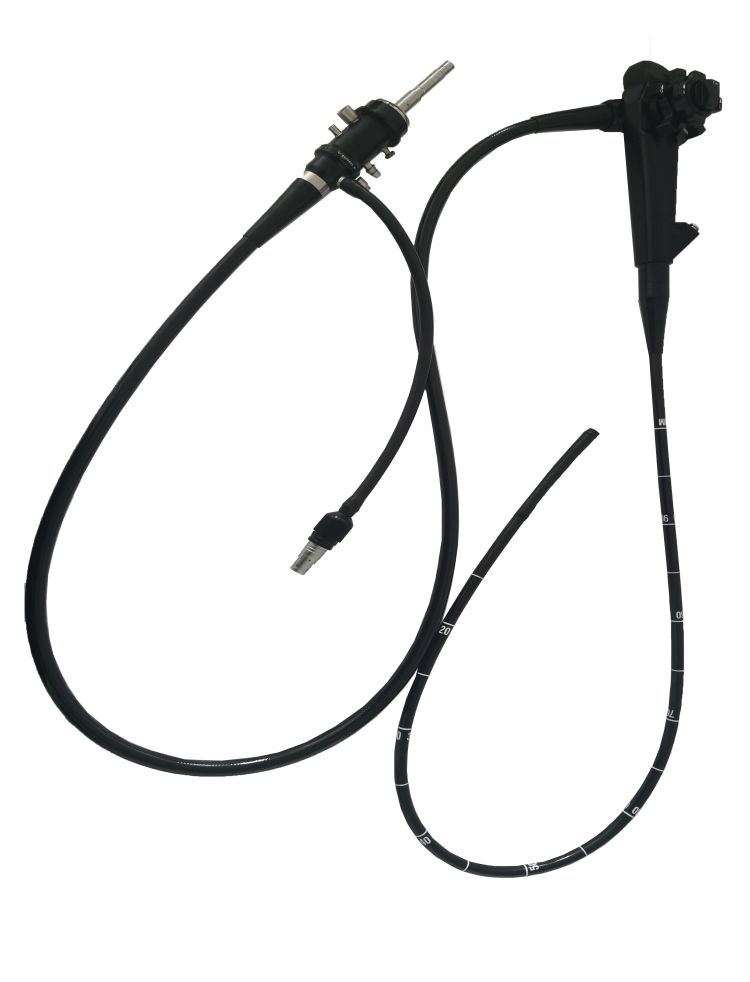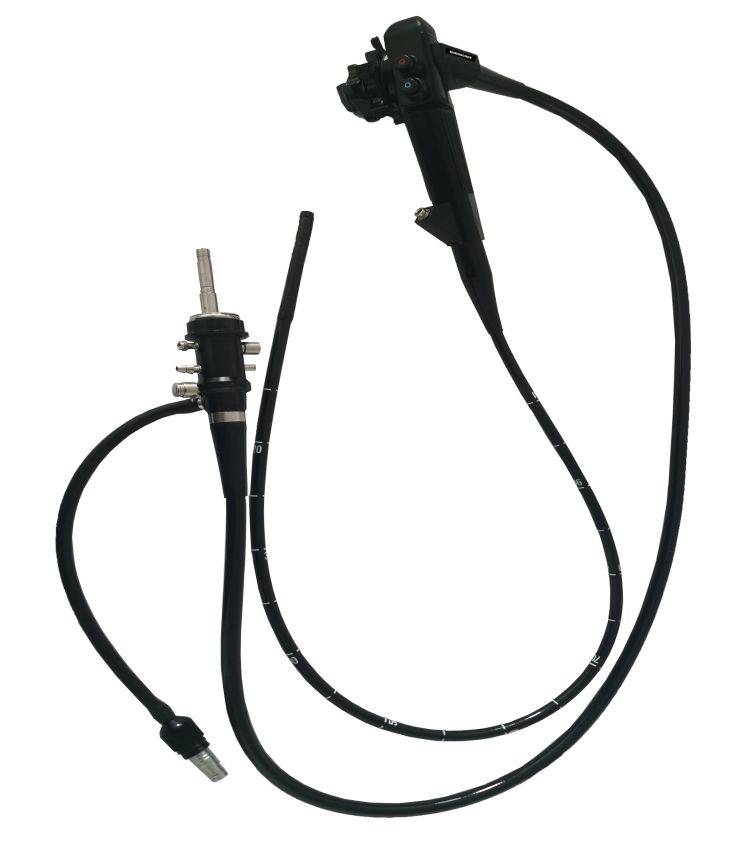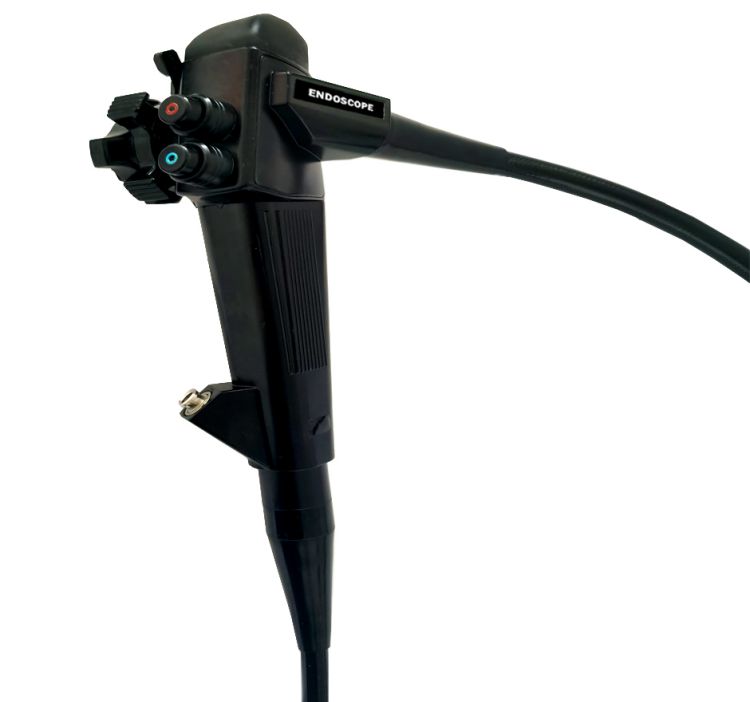Introduction:
As advancements in veterinary medicine continue to unfold, new techniques and technologies are emerging to improve the diagnosis and treatment of various animal health conditions. One such innovation is the use of enteroscopy with soft endoscopes, revolutionizing the way veterinarians examine and treat gastrointestinal issues in our beloved animal companions. In this blog, we will explore the benefits of enteroscopy for animals, specifically focusing on the advantages that soft endoscopes bring to veterinary care.
Understanding Enteroscopy for Animals:
Enteroscopy is a minimally invasive procedure that allows veterinarians to visualize and examine the gastrointestinal tract of animals. Traditionally, rigid endoscopes were used, often causing discomfort and limitations in terms of assessing deeper areas. However, with the introduction of soft endoscopes, veterinarians can now navigate through the entire digestive system with increased ease and precision, reducing the stress on the animal and enhancing diagnostic accuracy.
1. Enhanced Visualization:
Soft endoscopes, as the name suggests, are flexible and can navigate through delicate curves and bends in the gastrointestinal tract. This flexibility allows veterinarians to reach deeper into the intestines, enabling better visualization of potential abnormalities, such as ulcers, tumors, or foreign bodies. By obtaining a clearer picture of the condition, veterinarians can make more accurate diagnoses and determine appropriate treatment plans for their patients.
2. Reduced Discomfort:
Animals undergoing enteroscopy procedures with soft endoscopes experience minimal discomfort compared to traditional methods. The soft, flexible nature of the endoscope reduces the risk of injury to the digestive tract while ensuring a smoother examination process. In turn, this promotes a more comfortable experience for the animal, leading to reduced stress and anxiety during the procedure.
3. Minimally Invasive:
The non-surgical nature of enteroscopy using soft endoscopes is a significant advantage over traditional surgical methods. Soft endoscopes can be inserted through the mouth or rectum, eliminating the need for more invasive procedures, such as exploratory surgery. This not only reduces the risk of complications and post-operative pain but also speeds up the recovery process for the animal.
4. Targeted Biopsy and Therapeutic Intervention:
Soft endoscopes enable veterinarians to perform targeted biopsies, allowing for accurate tissue sampling for further analysis and precise diagnosis. Additionally, if abnormalities are detected during the procedure, veterinarians can carry out therapeutic interventions, such as removing foreign bodies or treating areas of inflammation. This means that certain conditions can be addressed immediately, avoiding the need for additional invasive procedures.
Conclusion:
Enteroscopy for animals using soft endoscopes is revolutionizing veterinary care, providing veterinarians with a more accurate and less invasive means of diagnosing and treating gastrointestinal disorders in animals. The enhanced visualization, reduced discomfort, minimally invasive nature, and the ability to perform targeted biopsies and interventions make soft endoscopes an invaluable tool in veterinary medicine. As advancements continue, this innovative technique will undoubtedly contribute to strengthening the overall well-being and quality of life for our animal companions.


Post time: Sep-07-2023

